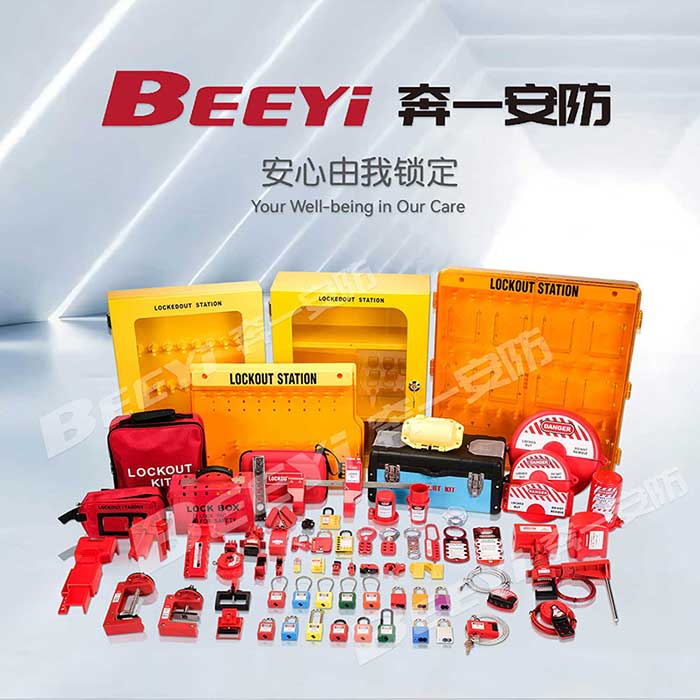In various industrial sectors, safety is a primary concern, particularly in high-risk environments like oil and gas, chemicals, power plants, and pharmaceuticals. Equipment malfunction or human error can lead to severe consequences, including accidents, damage, and even fatalities. One key tool that plays a crucial role in preventing such incidents is the Safety Valve Lock. This device is designed to safeguard against unauthorized or accidental operation of critical valves, ensuring safe and secure maintenance and operation of industrial systems.

What is a Safety Valve Lock? A Safety Valve Lock is a physical locking mechanism that attaches to a valve, typically a safety or relief valve, to prevent it from being inadvertently or intentionally tampered with during maintenance or operation. These locks are designed to restrict access to the valve, ensuring that it cannot be opened, closed, or altered without proper authorization. They are used in conjunction with safety protocols and lockout/tagout (LOTO) systems, which are standards for ensuring that energy sources are properly isolated before maintenance begins. Why is a Safety Valve Lock Necessary?